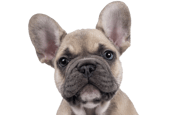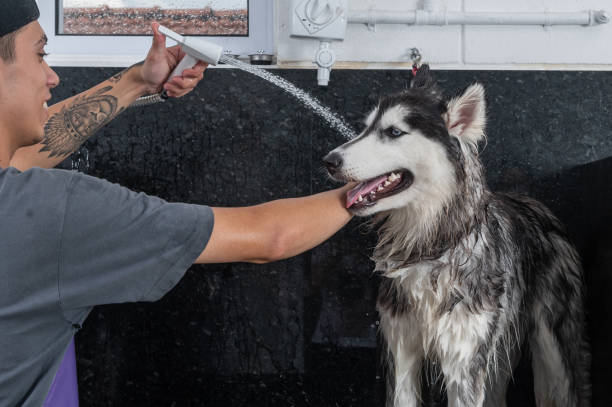Grooming is an essential part of a dog's overall health and well-being. As we know, different breeds have different grooming needs, dictated by factors such as coat type, breed-specific traits, and even the dog’s lifestyle. Here, we're going to delve into the specifics of grooming various dog breeds and provide you with a comprehensive guide to ensuring you're meeting their unique needs.
Brushing Up on Basics
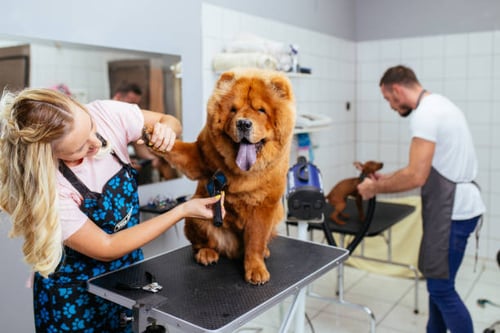
Regardless of breed, all dogs require a certain level of basic grooming. This includes regular brushing to remove loose hair and prevent matting, nail trimming to maintain a comfortable length, and ear cleaning to prevent infections. The frequency and techniques, however, may vary based on the breed's specific requirements.
Unraveling the Specifics
Short-Haired Breeds (Labrador Retriever, Beagle, Dalmatian)
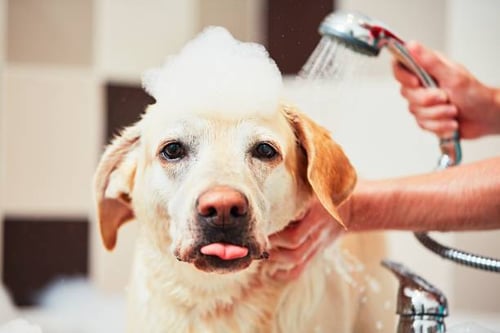
Short-haired breeds typically have a dense, sleek coat that sheds regularly. They require weekly brushing with a bristle or rubber brush to remove loose hair and distribute natural oils, keeping their coat shiny. Nail trims, ear checks, and occasional baths round out their grooming routine.
Long-Haired Breeds (Shih Tzu, Yorkshire Terrier, Afghan Hound)
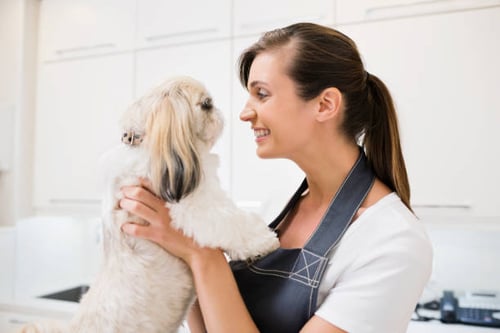
Long-haired breeds require daily brushing to prevent their hair from tangling or matting. Use a slicker brush to remove loose hair and a comb to detangle. These breeds may also need regular haircuts to maintain a manageable coat length. Professional grooming is often necessary to maintain breed-specific haircuts.
Double-Coated Breeds (Siberian Husky, Golden Retriever, Shetland Sheepdog)
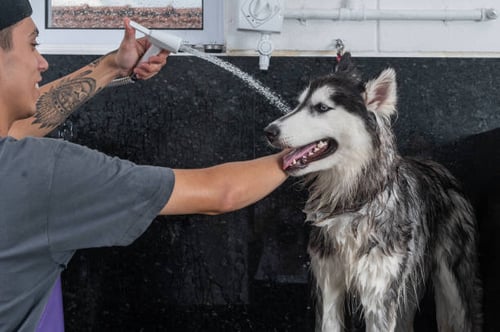
Double-coated breeds have a dense undercoat and a longer outer coat. They require regular brushing - several times a week, if not daily. During shedding seasons, they'll need daily brushing with an undercoat rake to remove the loose undercoat. Never shave a double-coated breed, as their undercoat helps regulate their body temperature.
Wire-Haired Breeds (Irish Terrier, Wirehaired Pointing Griffon, Dachshund)
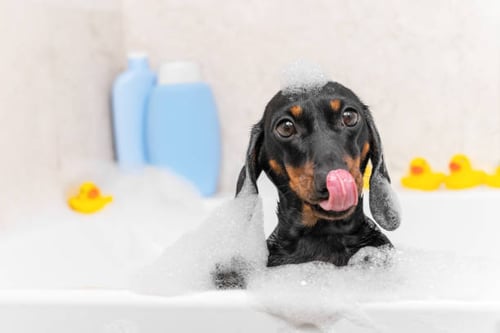
Wire-haired breeds have a coarse, dense coat that often requires hand-stripping to maintain its texture and color. This is a technique where loose, dead hair is plucked rather than cut. While it's possible to clip these breeds, it will soften and lighten their coat over time. These breeds also require regular brushing with a slicker brush to prevent matting.
Curly-Coated Breeds (Poodle, Bichon Frise, Portuguese Water Dog)
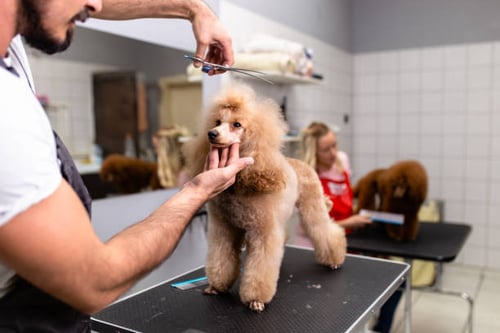
Curly-coated breeds are often low-shedding but require regular grooming to prevent their curls from matting. Daily brushing with a slicker brush is a must, followed by combing to detangle. These breeds will also need regular haircuts - the frequency and style will often depend on the owner's preference.
The Finer Details
Along with coat care, pay attention to other grooming needs unique to certain breeds. For instance, breeds like the Bulldog or Pug have skin folds that require regular cleaning to prevent infections. Similarly, long-eared breeds like the Basset Hound or Cocker Spaniel may be prone to ear infections and need more frequent ear checks and cleaning.
The Importance of Professional Grooming
While pet parents can manage some grooming tasks at home, a professional groomer's expertise is invaluable for maintaining the health and beauty of a dog’s coat, particularly for breeds that require more complicated grooming.
Understanding the specific grooming needs of different dog breeds is essential for any successful grooming business. Did you know Gingr pet-care software can make managing your business easier, while also providing a better customer experience? Sign up for a demo with Gingr now!
Subscribe to the Gingr Blog
